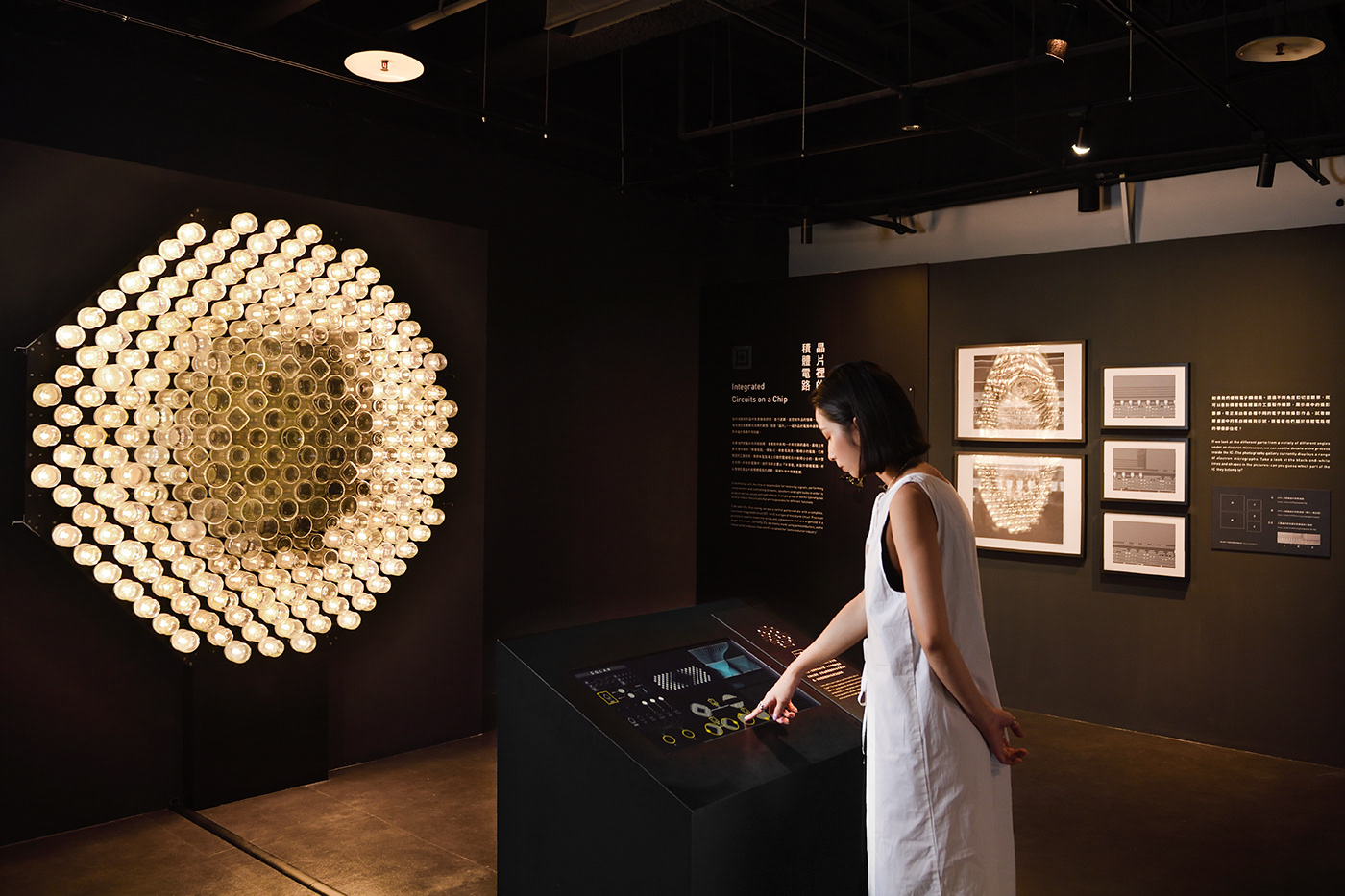
國立臺灣科學教育館|創新、合作 - 半導體未來館
Semiconductor Pavilion of the Future
在不間斷的挑戰中,創造新的可能!
「半導體」在1940年代後期以前,還是一種無法精確調控電路開關的「材料專有名詞」;如今,日常生活中的電子產品,幾乎都有半導體。半導體所打造出的「運算力」,是人類史上不可思議的進展,而跨領域的合作,更是半導體研發故事中精彩而迷人的地方,參與其中的科學家、工程師、製造專家、生產供應鏈專家、行銷經理等,他們貢獻了科學專業知識、製造技術與商業思維,透過合作與分工,加速創新的未來。
在這個展覽中,我們創造了一個研發中心,邀請觀眾從「展示廳」、「物料室」、「製造區」、「未來實驗室」這四個場景空間中,透過基礎科學原理與不同的敘事軸線、藝術創作、遊戲、工作坊,探索、認識、反思「半導體」如何在創新與合作之中,改變歷史與塑造未來,而你、我都正參與其中!
「半導體」在1940年代後期以前,還是一種無法精確調控電路開關的「材料專有名詞」;如今,日常生活中的電子產品,幾乎都有半導體。半導體所打造出的「運算力」,是人類史上不可思議的進展,而跨領域的合作,更是半導體研發故事中精彩而迷人的地方,參與其中的科學家、工程師、製造專家、生產供應鏈專家、行銷經理等,他們貢獻了科學專業知識、製造技術與商業思維,透過合作與分工,加速創新的未來。
在這個展覽中,我們創造了一個研發中心,邀請觀眾從「展示廳」、「物料室」、「製造區」、「未來實驗室」這四個場景空間中,透過基礎科學原理與不同的敘事軸線、藝術創作、遊戲、工作坊,探索、認識、反思「半導體」如何在創新與合作之中,改變歷史與塑造未來,而你、我都正參與其中!
Until the late 1940s the word “semiconductor” was a specialized term for a material that could not be used to precisely control circuit switches. Nowadays, almost all electronic products in daily life contain semiconductors. The computational power yielded by semiconductors marks an incredible advancement in human history, and interdisciplinary collaboration is a wonderful and fascinating aspect of semiconductor development. Scientists, engineers, manufacturing experts, supply chain specialists, marketing managers, and others in the field have contributed their expertise, manufacturing technology, and business thinking, working together and dividing up the labor to accelerate the innovations of the future.
For this exhibition, we have created a research and development center, and we invite you to explore four settings—the Exhibition Hall, Materials Room, Manufacturing Zone, and Future Lab. In these spaces, you can use a range of narrative axes, artistic creations, games, and workshops to learn about and reflect on how semiconductors have changed history and shaped the future using fundamental scientific principles in ongoing innovation and collaboration. Let’s get stuck in!

歡迎來到MR01研發中心的展示廳,這裡展示著各式各樣與「積體電路」有關的藝術作品。在深入了解半導體、晶片與積體電路之間的關係前,讓我們先來看看小小的一枚晶片,除了被應用在智慧型手機、VR眼鏡、無人機等高科技產品之外,是如何驅動當代的科技藝術作品,幻化出各種絢麗的聲光效果,和驚奇有趣的互動模式。
Welcome to the MR01 R&D Center Exhibition Hall. Here, you can see all kinds of artworks relating to integrated circuits. Before delving into the relationship between semiconductors, chips and integrated circuits, let’s take a look at a small chip which is not only used in high-tech products such as smartphones, VR headsets and drones, but also powers contemporary technology art pieces with stunning sound and light effects and interactive modes that can be engaging and surprising.

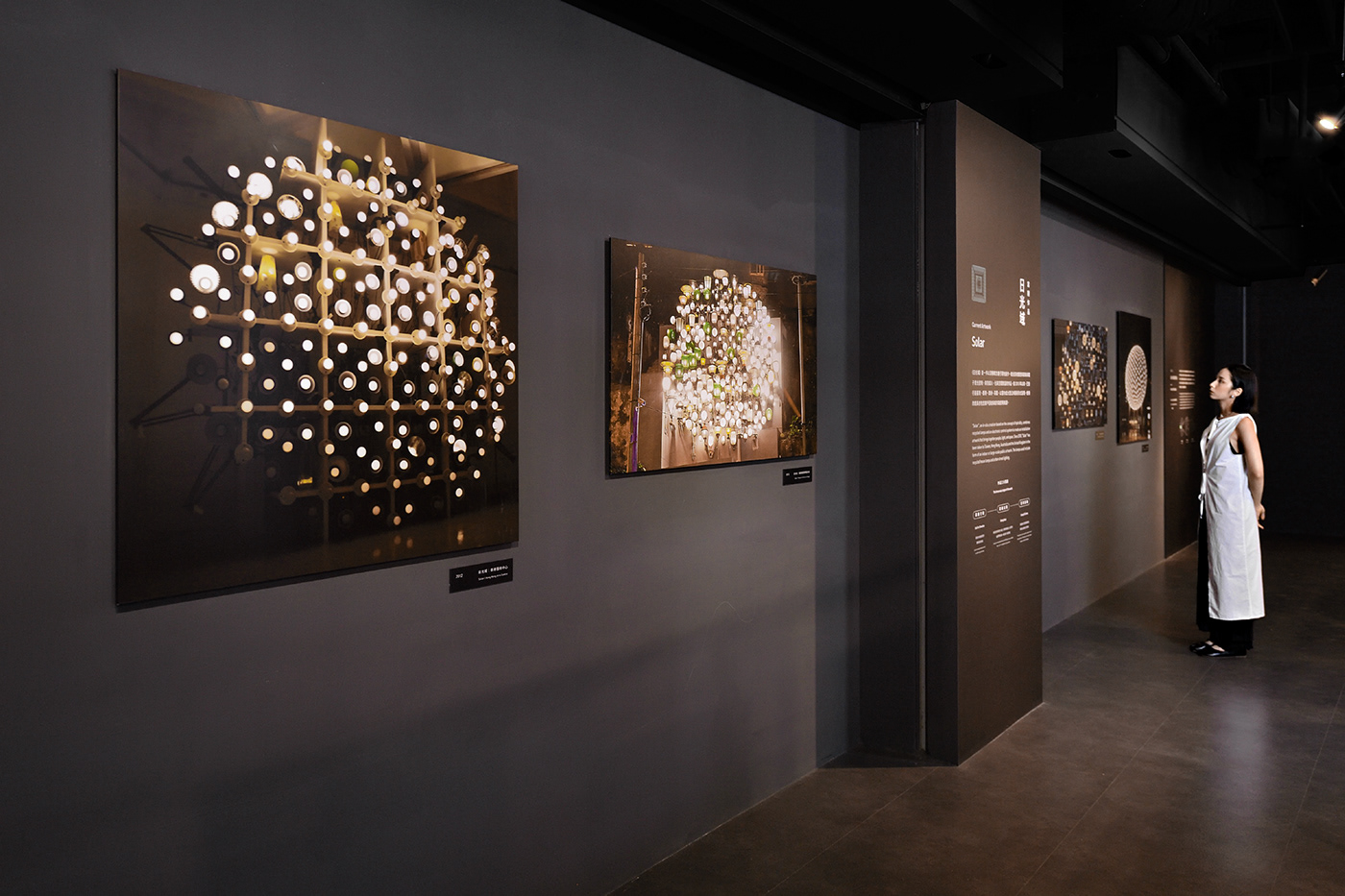







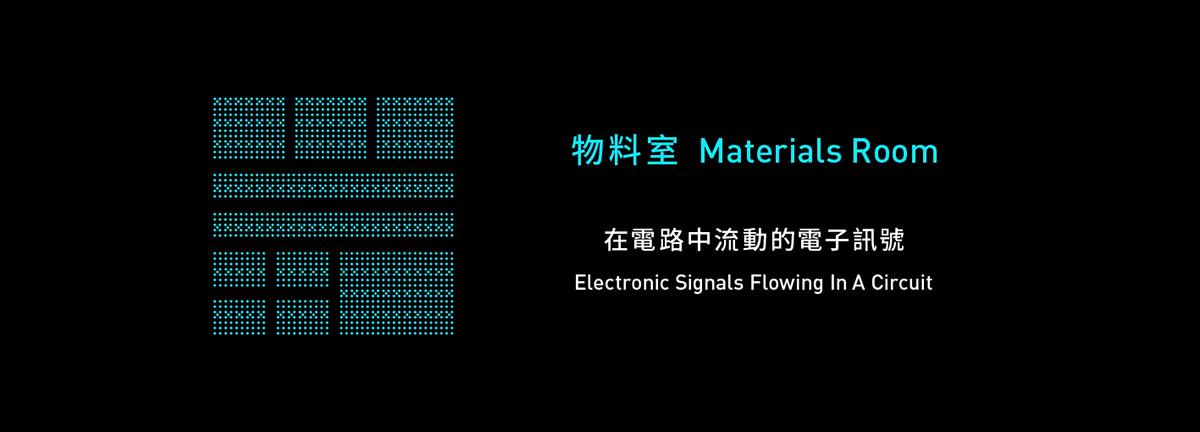
「電到底是什麼?」從古希臘時期發現靜電現象開始,人們就對物質可以相吸、放電的現象非常好奇,而累積了一系列電磁學研究的歷史。17世紀時,電會流動、電有分正負電等現象陸續被發現,富蘭克林則指定「正電荷」為電流流動的主體;但直到1897年湯姆森發現「電子」,以及後續人們對原子的認識,才讓世人發現真正在流動的其實是「帶負電的電子」,重新理解了電在微觀的尺度,到底是怎麼發生的。
What exactly is electricity? Since the discovery of static electricity in Ancient Greece, people have been fascinated by the phenomenon of substances that can attract and discharge each other, and this has resulted in a long history of research into electromagnetism. In the 17th century, we slowly discovered electrical flow and positive and negative charges. In the 18th century , Benjamin Franklin designated the positive charge as the main body of current flow, but it was not until J.J. Thomson discovered the electron in 1897, and our subsequent understanding of the atom, that the world discovered that in fact what flows in an electrical current is a stream of negatively charged electrons. This led to a revolution in our understanding of how electricity occurs at a microscopic level.








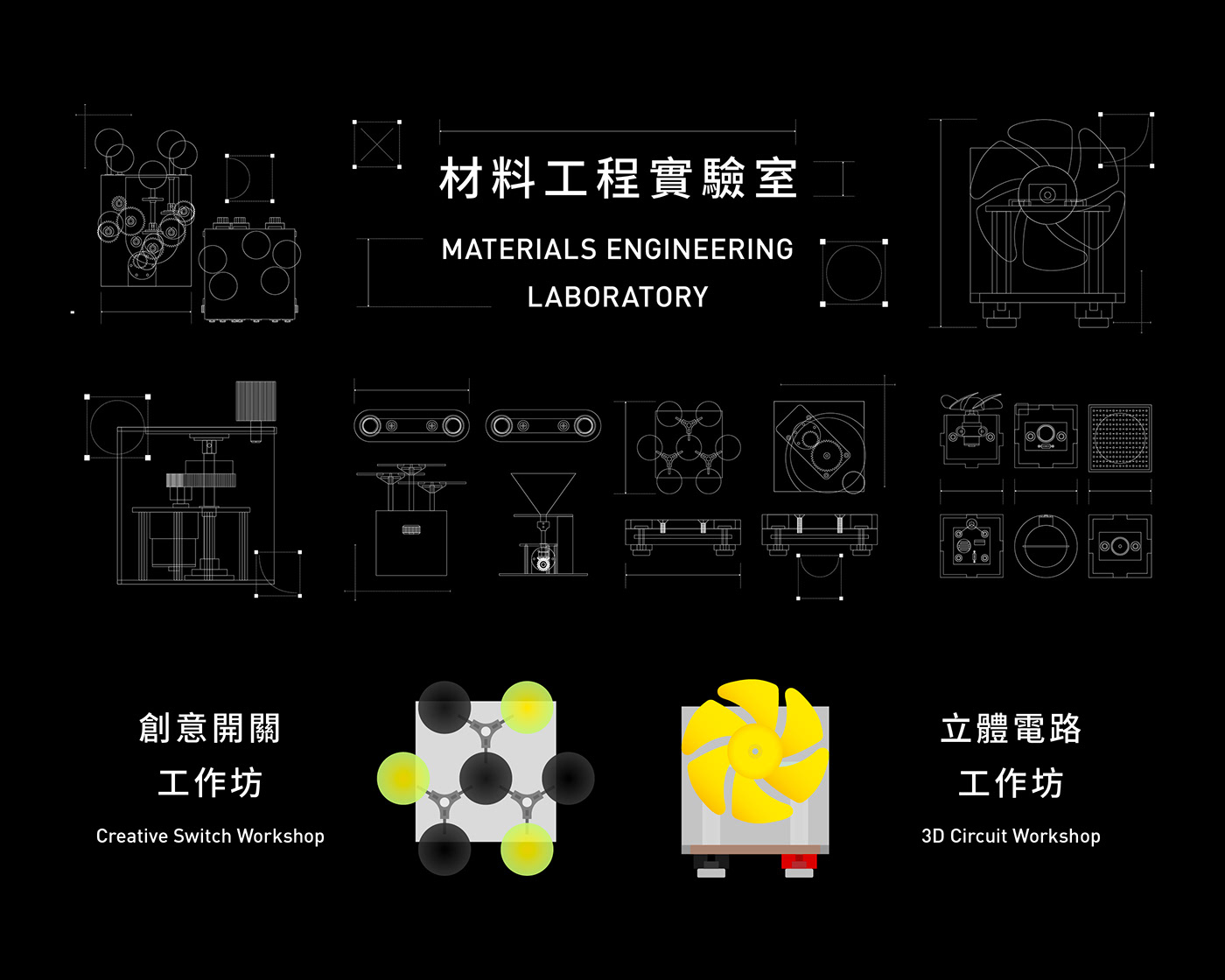



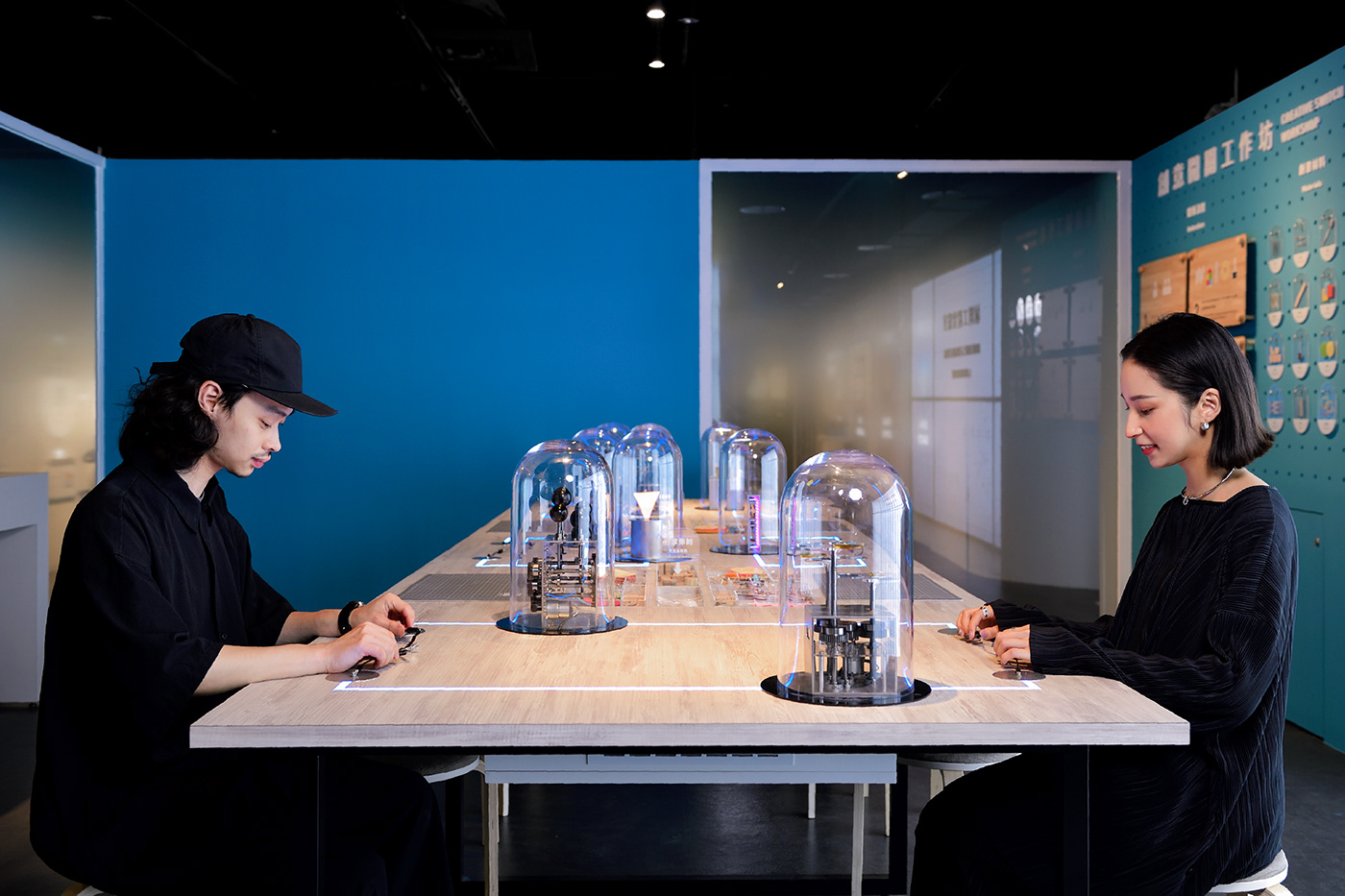



歡迎來到MR01中心的「製造區」,這裡是製作半導體積體電路的關鍵生產基地。在這裡我們可以直接接觸到生產IC晶片的經典機台設備「Precision 5000」並認識他的誕生故事,還可以從半導體的電學知識、產業結構、製作流程、工藝突破、未來發展等各種層次,全方位的認識半導體積體電路的世界。你準備好大展身手了嗎?
Welcome to the Manufacturing Zone of the MR01 Center, the main production site for making semiconductor integrated circuits. Here, we can get a direct look at the classic Precision 5000 and hear the story of its invention. You can also get a comprehensive view of the world of semiconductor IC, from industrial structure and production processes to technological breakthroughs and future development. Are you ready to show what you’ve got?
















MR01研發中心的最後一個區域是「未來實驗室」,這裡是來自想像未來的居家辦公室。在不遠的將來,許多的研發與生產都朝向遠端化、自動化發展,人們在放鬆的環境中持續工作、孵化各式各樣的創新科技。如果你有發展新科技的能力,你會希望這些科技被應用在生活的哪些面向、為世界帶來怎樣的改變呢?
The last area of the MR01 R&D center is the Future Lab, which has been designed to be an imaginary home office of the future. In the near future, a lot of R&D and manufacture will move towards remote and automated development, while people will continue to work and incubate various innovative technologies in a relaxed environment. If you had the ability to develop new technologies, how would you like these technologies to be applied, to what parts of life, and what changes would you like to bring to the world?
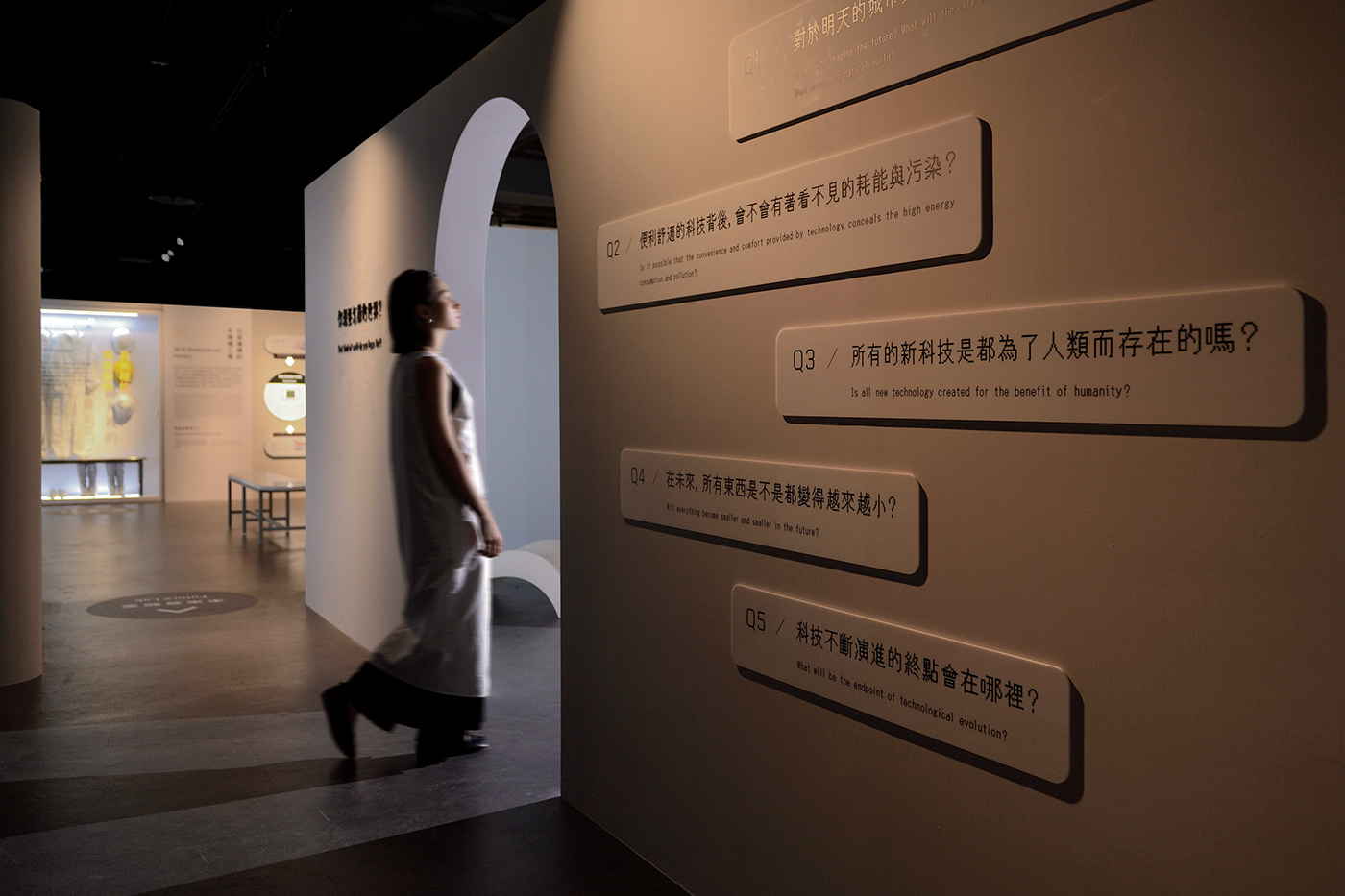




ORGANIZER 主辦單位 | 國立臺灣科學教育館 National Taiwan Science Education Center
VISUAL DESIGN 視覺及展示設計 | 陳承遠 Angoo Chen
LOGIC GATE & FUTURE LAB UI DESIGN 邏輯閘、未來實驗室互動介面設計 | 陳承遠 Angoo Chen
LOGIC GATE & FUTURE LAB UI DESIGN 邏輯閘、未來實驗室互動介面設計 | 陳承遠 Angoo Chen






